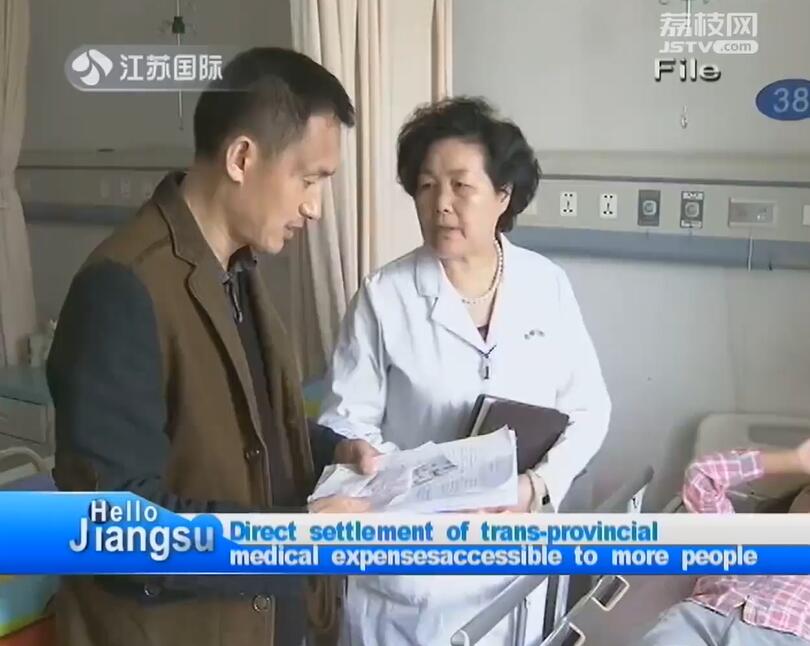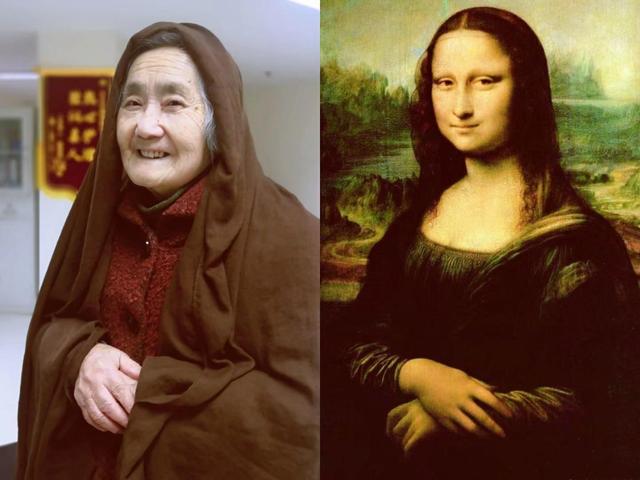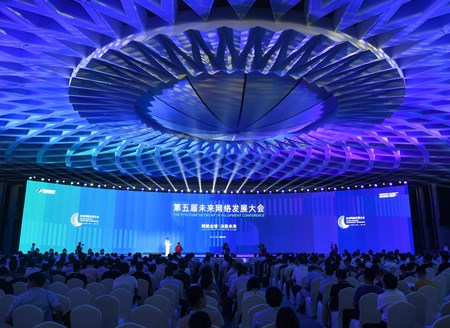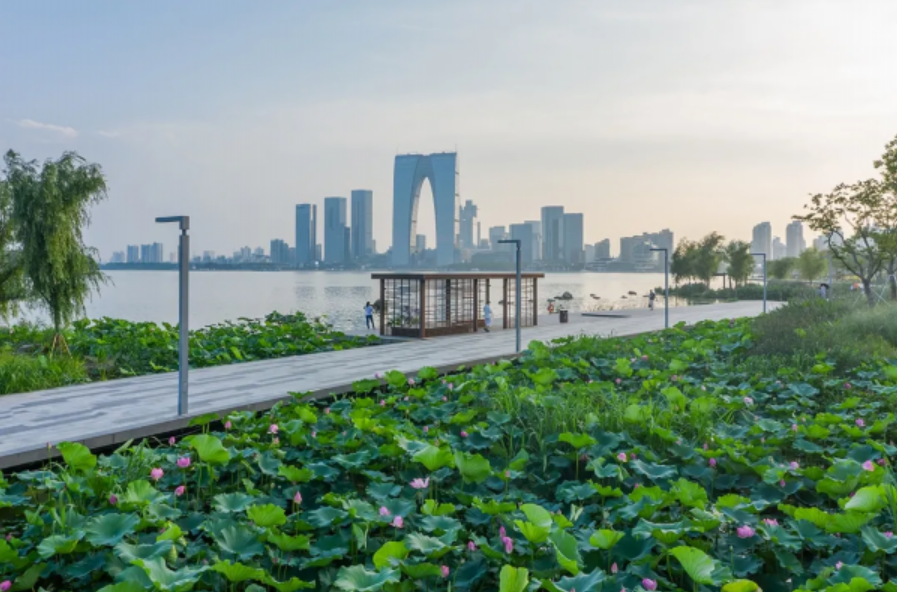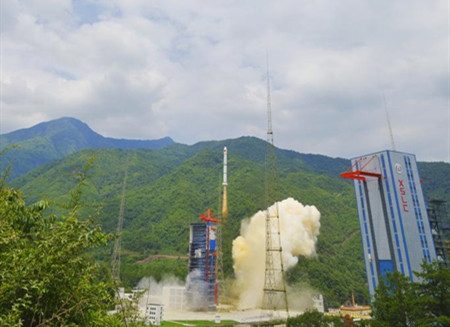Direct settlement of trans-provincial medical expenses will be accessible to more people as the Ministry of Human Resources and Social Security announced Thursday that more than 80% of the counties or urban districts across the country will designate at least one hospital for the provision of the service.
The trans-provincial medical treatment settlement system has also been built, allowing any patient enrolled in the public medical insurance system to be reimbursed for inpatient expenses, no matter where they are treated.
The wider accessibility of the direct settlement of trans-provincial medical expenses has been made possible through the replacement of the old social security cards with new ones.
Distribution of third-generation social security cards began in China on Friday, with the new cards supporting direct settlement of trans-provincial medical expenses.
The new cards have more functions, are more secure and better support direct settlement of medical expenses.
The cards will replace the old cards as a national reimbursement network for inpatient services is built.
The network will allow any patient enrolled in the public medical insurance system to be reimbursed for inpatient expenses, no matter where they are treated, said the ministry.
Before the network was set up, inpatients had to return to the locality where they were enrolled to be reimbursed.
Currently, 1.34 billion Chinese people are enrolled in various public medical insurance systems, 98.8 percent of the population.
In 2016, the government spent 1.3 trillion yuan on medical and health care, a 10-percent increase from 2015.
China has woven the world's largest network of basic medical insurance accessible for all and formed a healthcare service system encompassing both urban and rural areas, said a white paper issued recently by State Council Information Office on development of China's public health.
By the end of 2016, the basic medical insurance has reached over 1.3 billion citizens nationwide, accounting for more than 95 percent of the total population.
In addition, the urban and rural residents now have more equal access to the medical insurance after the country launched the reform in 2016 to create a unified basic health insurance system by integrating basic medical insurance for urban employees and the new rural cooperative medical scheme.
